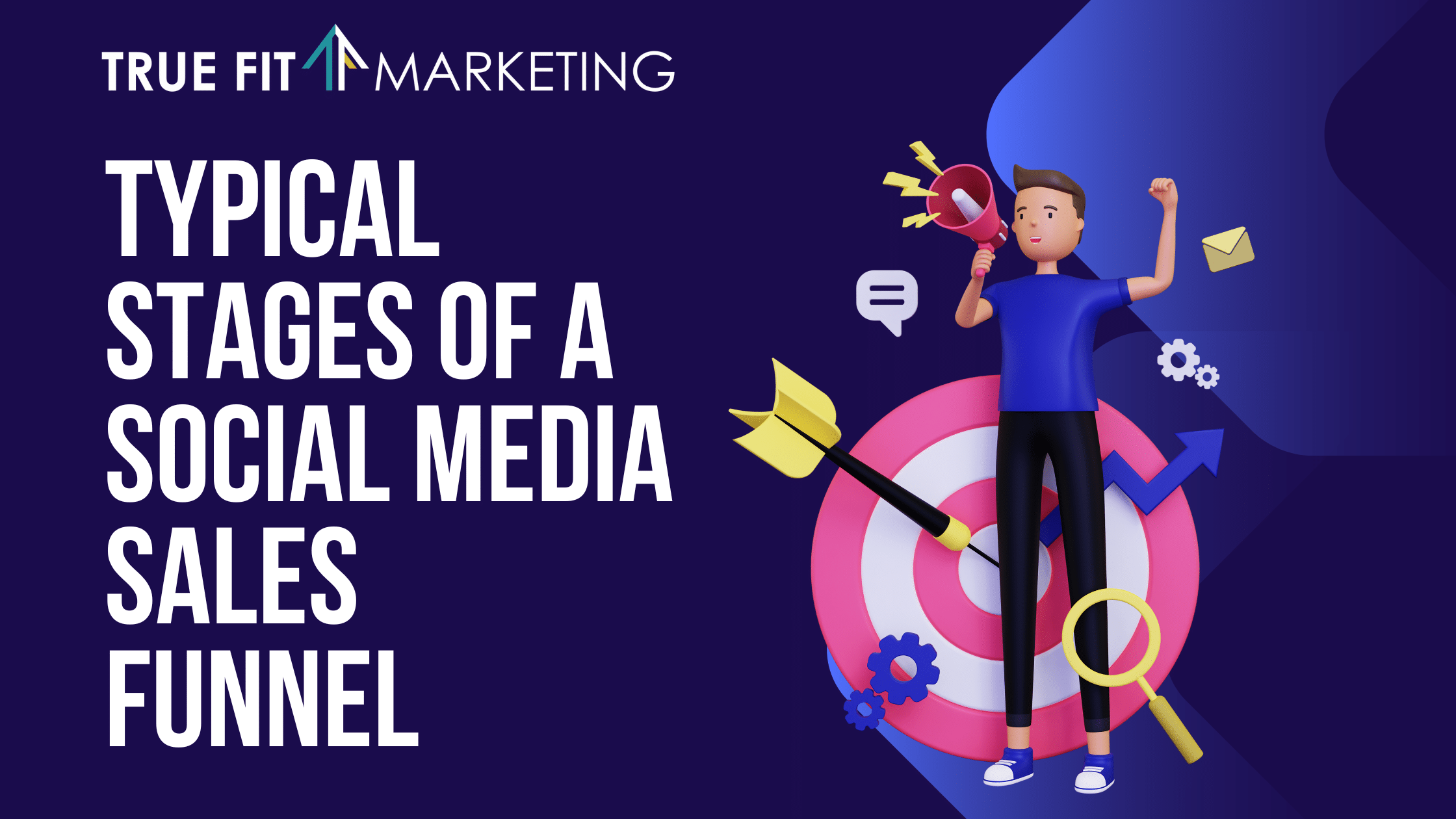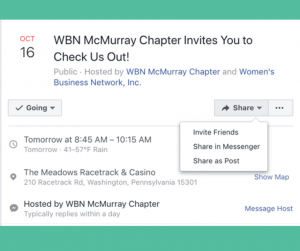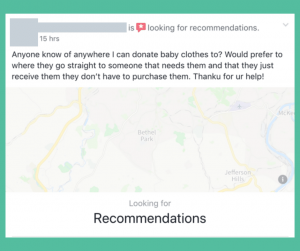
Social media plays a vital role in your business’s sales funnel, but it is not the only part of your sales funnel. A sales funnel that involves social media is a strategic process that utilizes social media platforms to attract, engage, and potentially convert prospects to clients. Convert is the key word here as it typically takes multiple touchpoints to complete a sale from diverse media and people. Let’s learn more about social media’s role in the sales funnel and how a team can work together to close the deal.
Typical Stages of a Social Media Sales Funnel
Social media is a bit different than an individual sales funnel in that you are posting to potentially thousands of customers at one time. So while everyone may be at different points of the sales funnel, it is necessary to post for each stage. Below are the stages of the sales funnel that can correlate with social media.
Finding Your Audience
This stage involves creating brand awareness to find your target audience on social media platforms. You can achieve this through various means such as organic content, paid advertising, influencer partnerships, or viral marketing campaigns. The goal is to introduce your brand to potential customers and make them aware of your products or services.
 Create Interest/Drive Engagement
Create Interest/Drive Engagement
Once you’ve captured the attention of your target audience, the next step is to engage with them and spark their interest in your offerings. They started following you for a reason. Is it because they want what you’re selling? They have a need, a want, maybe a desire for your product. Be consistent with sharing valuable content, interacting with your audience through comments and messages, running interactive campaigns like polls, giveaways or quizzes. Sharing of testimonials, case studies, product demonstrations, or offering free trials or samples are also great ideas. The goal is to nurture leads and convince them of the value and benefits of choosing your brand.
Make Sure There is a Call to Action to Convert
Once leads are sufficiently engaged and interested, you need to remember to guide them toward making a purchase. This could involve directing them to your website to complete a purchase, encouraging them to sign up for a newsletter, webinar or consultation, or offering exclusive discounts or promotions. The aim is to convert interested leads into paying customers.
Customer Advocacy
Satisfied customers can become powerful advocates for your brand. Encourage them to share their positive experiences on social media, write reviews, or refer friends and family. User-generated content and word-of-mouth recommendations can significantly impact your brand’s credibility and attract new customers to your sales funnel.
The Bottom Line
Throughout each stage of the sales funnel, it’s essential to work with your sales team to ask what is and isn’t working for them, what their potential and current clients want to know about and what their favorite ways of maintaining a relationship is. Adjustments to your social media marketing may be needed based on this feedback, market trends, or changes in social media algorithms to ensure the effectiveness of this part of your sales funnel. Remember that social media is just a part of the sales process. When everyone recognizes this, your social media can grow!

 Create Interest/Drive Engagement
Create Interest/Drive Engagement


